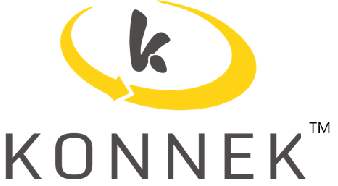No aftermarket IQ!
Selling replacement parts, consumables, accessories, and value-added services is simply not in the DNA of original equipment manufacturers (OEMs). But why would the OEMs be missing out on high margin, low risk, recurring sales? The answer is simple. They are really “new” equipment manufacturers. For OEMs, aftermarket is… an afterthought. Their company’s business processes (i.e. engineering, purchasing, sales, etc.) are all optimized for new product sales. Customer support is treated as a cost to do business when it should, in fact, be a profit center. Without an aftermarket strategy, manufacturers will;
|
|
Profitability from product sales typically varies between 6-13% across various manufacturing industries while profitability from aftermarket can typically reach 35-60%.
Size the opportunity and take actions!
Over the useful life of a product, the sum of all the profits from selling parts, accessories, consumables and valued added services will often be greater than the profits made selling the product itself.
The size of the opportunity depends on;
- the type of equipment manufactured
- the environment where they are deployed
- the maintenance requirements
- the size and age of the installed base
Find out what would be the impact on your business for each 1% ratio increase?
Below is a quick process to evaluate the size of your aftermarket opportunity. This process can be done for a product line or for all your products simultaneously.
- Determine what is the expected life of the products.
- Estimate, all the replacements parts, consumables, accessories, and services that would be required each year. Maintenance manuals are a good place to start.
- Estimate the market price and net profits for each item and calculate the yearly averages. This is the theoretical upper limit of the opportunity.
- Compare your current sales and profits with the upper limits. If your actual to theoretical ratios are below 15%, you are probably below your industry average. If you are above 30%… you are in good shape!
Step by step
Companies often make the mistake to tackle the whole opportunity at once. This will generate a lot of resistance and lower your probability of success. Starting with a pilot project, and expanding to other product lines or sectors is a better approach.
DOs |
DON’Ts |
|
|
What’s next
You probably don’t have enough actionable data to maximize your aftermarket business. You don’t know who is actually using the product, where it’s used, or if it has been properly maintained or upgraded.
In the next blog, we will explain why KONNEK™ SaaS was developed and how it helps in building durable customer relationships. Creating smart connections linking customers, equipment and OEMs is paramount to maximize the aftermarket benefits.

